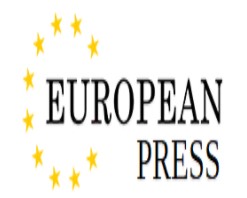UK inflation edged down to 3.4 per cent in May, slightly lower than April’s 3.5 per cent, in a sign that price pressures across the economy are gradually easing—though inflation remains well above the Bank of England’s 2 per cent target.
The latest figures from the Office for National Statistics (ONS) also showed a fall in core inflation, which strips out volatile categories like food, energy, alcohol and tobacco. Core inflation dropped to 3.5 per cent, from 3.8 per cent in the previous month, offering policymakers some encouragement that underlying pressures are starting to subside.
Services inflation, a key metric closely watched by the Bank of England’s Monetary Policy Committee (MPC) as an indicator of persistent domestic price pressures, also dipped slightly—from 5.4 per cent in April to 5.3 per cent in May.
Despite the slowdown, the Bank is expected to hold interest rates steady at 4.25 per cent when the MPC meets on Thursday, as it awaits more consistent evidence that inflation is returning sustainably to its target.
Richard Heys, acting chief economist at the ONS, said the largest downward contribution to the monthly inflation figure came from transport, particularly air fares, which fell in May compared with a sharp rise during the same period last year. The timing of Easter and school holidays, which had pushed travel costs higher last spring, helped bring the annual comparison down. Petrol prices also contributed to the decline.
Support authors and subscribe to content
This is premium stuff. Subscribe to read the entire article.










